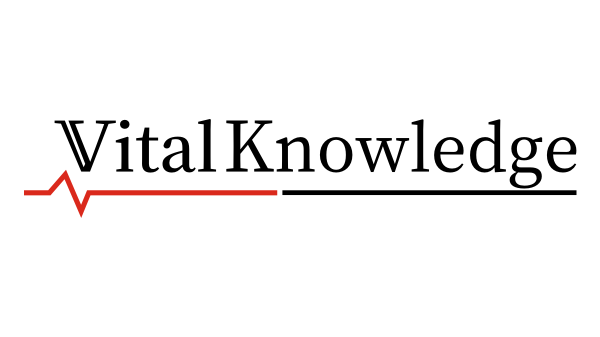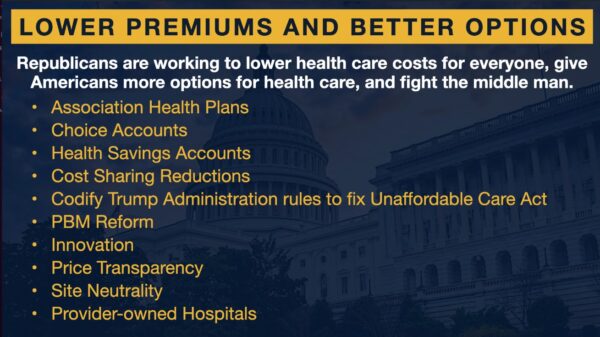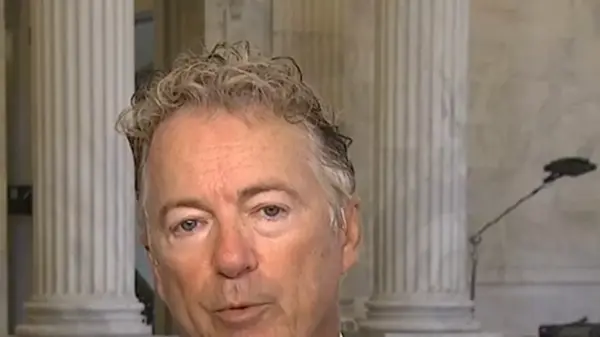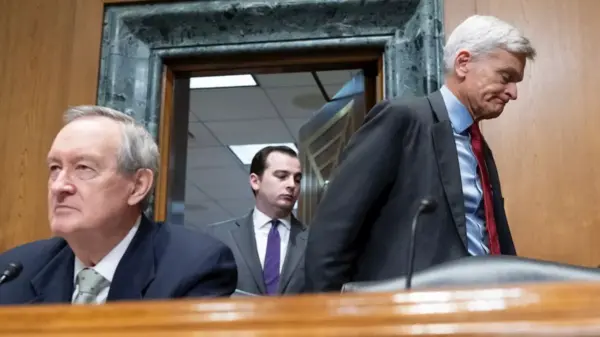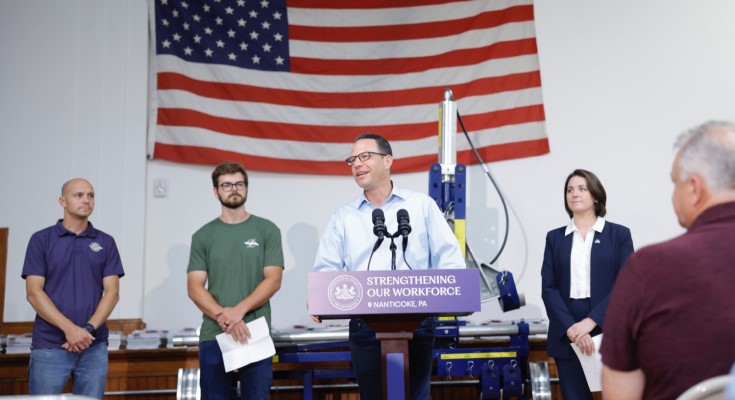HARRISBURG, PA — The administration of Governor Josh Shapiro unveiled a comprehensive workforce development strategy aimed at addressing significant labor shortages and enhancing access to sustainable employment opportunities across Pennsylvania. Announced last week in conjunction with the Pennsylvania Workforce Development Board, this initiative seeks to foster collaboration among government, educational institutions, labor organizations, and industry leaders.
The strategy positions workforce development as a pivotal element of Pennsylvania’s economic growth. It emphasizes targeted investments in training and education to align with the evolving needs of employers. Key sectors identified for focus include healthcare, advanced manufacturing, energy, and technology, all of which are experiencing a high demand for skilled workers.
Governor Shapiro highlighted the pressing need for this initiative, noting the ongoing challenges faced by employers in finding qualified candidates despite consistent job creation. He stated, “We’re focused on building pathways that connect Pennsylvanians with the skills they need to succeed in good-paying jobs right here in our Commonwealth.”
Key Elements of the Workforce Development Strategy
The plan outlines several critical components designed to modernize training programs and enhance accessibility. These include aligning educational curricula with workforce demands, increasing opportunities for apprenticeships, and improving on-the-job training. Additionally, it addresses barriers that hinder worker participation, such as childcare issues and transportation difficulties.
The updated workforce plan will be submitted for review by the U.S. Department of Labor, which mandates periodic updates to state strategies. Input for the plan was gathered from a diverse range of stakeholders across Pennsylvania, including business leaders, labor representatives, educators, and workforce development professionals.
Secretary of Labor & Industry Nancy Walker emphasized the collaborative nature of the initiative, stating, “This plan reflects the voices of Pennsylvanians from every corner of the state. It’s about building a system that not only serves workers and employers today but also anticipates the jobs of tomorrow.”
Future Directions and Commitments
The Pennsylvania Workforce Development Board noted that the Shapiro Administration intends to treat this plan as a “living document.” Future revisions will focus on enhancing career readiness programs for youth, expanding partnerships with community colleges, and integrating innovative technologies into training models.
With Pennsylvania currently facing one of the tightest labor markets in decades, officials assert that this updated workforce strategy is crucial for maintaining the state’s competitiveness in attracting businesses and ensuring sustainable long-term economic growth. The administration’s commitment to addressing labor shortages is a clear recognition of the vital role that workforce development plays in shaping Pennsylvania’s economic landscape.



